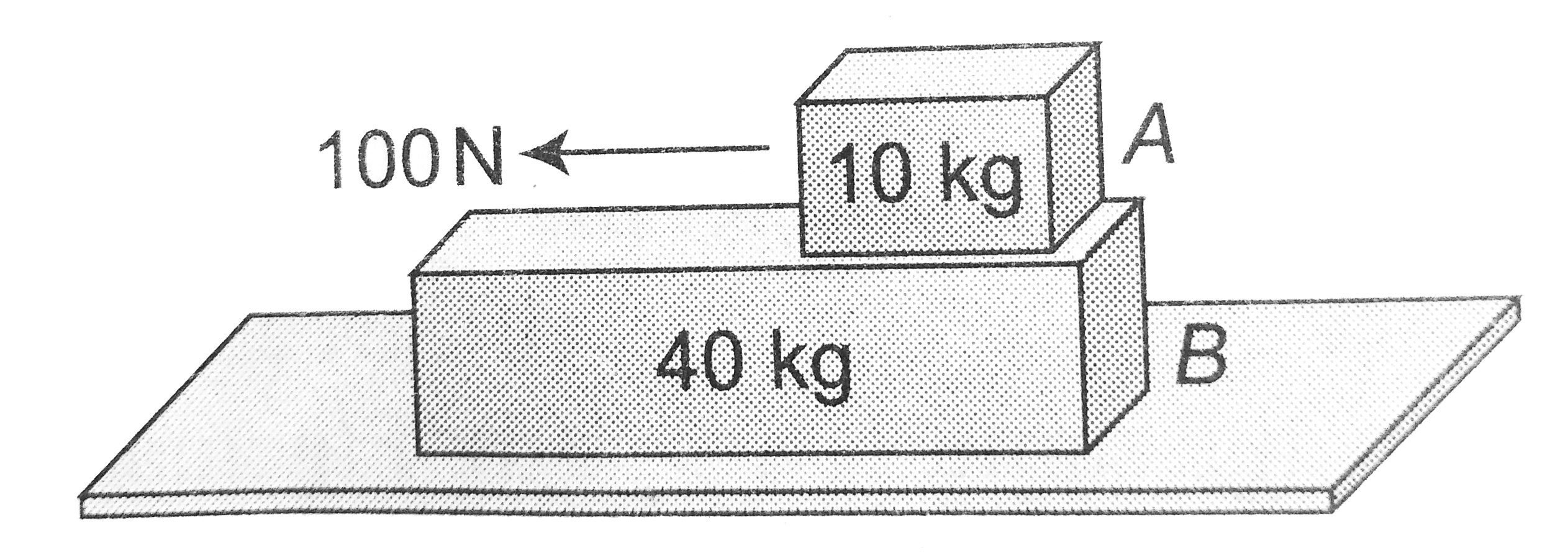A
B
C
D
Text Solution
Verified by Experts
The correct Answer is:
|
Topper's Solved these Questions
NEWTONS LAWS OF MOTION
A2Z|Exercise Dynamics Of Circular Motion|31 VideosView PlaylistNEWTONS LAWS OF MOTION
A2Z|Exercise Problems Based On Mixed Concepts|51 VideosView PlaylistNEWTONS LAWS OF MOTION
A2Z|Exercise Applications Of Newton'S Laws Of Motion|33 VideosView PlaylistMOTION IN TWO DIMENSION
A2Z|Exercise Chapter Test|29 VideosView PlaylistOSCILLATION AND SIMPLE HARMONIC MOTION
A2Z|Exercise Chapter Test|29 VideosView Playlist
Similar Questions
Explore conceptually related problems
Knowledge Check
Similar Questions
Explore conceptually related problems
A2Z-NEWTONS LAWS OF MOTION-Basic Concept Of Static And Kinetic Frictions
- A block of mass m=2kg is placed in equilibrium on a moving plank accel...
05:37
|
Play - A block of mass 70kg is kept on a rough horizontal surface (mu=0.4) . ...
04:34
|
Play - A block of mass 2kg rests on a rough inclined plane making an angle of...
05:28
|
Play - For the arrangment shown in the fig. the tension in the string is [Giv...
05:32
|
Play - A block of mass 4kg rests on an an inclined plane. The inclination of ...
04:56
|
Play - A block of mass m is placed on a rough inclined plane. When the inclin...
06:33
|
Play - In the arrangement shown in the figure [sin37^(@)=3//5] .
06:44
|
Play - A block of mass m=4kg is placed oner a rough inclined plane as shown i...
08:50
|
Play - A block of mass mm remains stationary on a fixed inclined plane of inc...
02:36
|
Play - Find the maximum value of (m//m) in the situation shown in figure so t...
08:52
|
Play - A body of mass 10 kg lies on a rough inclined plane of inclination the...
02:06
|
Play - A small mass slide down an inclined plane of inclination theta with th...
04:05
|
Play - A block of mass m lying on a horizontal plane , is acted upon by a ho...
02:30
|
Play - The minimum acceleration that must be impprted to the cart in the figu...
03:01
|
Play - A particle is projected along the line of greatest slope up a rough pl...
04:03
|
Play - A block of mass 15 kg is resting on a rough inclined plane as shown in...
03:29
|
Play - A horizontal force just sufficient to move a body of mass 4 kg lying ...
02:36
|
Play - Blocks A and B in the Fig are connected by a bar of negligible weight ...
05:49
|
Play - A 40kg slab rests on a frictionless floor as shown in the figure. A 10...
06:50
|
Playing Now - A block A with mass 100kg is resting on another block B of mass 200kg....
07:48
|
Play
